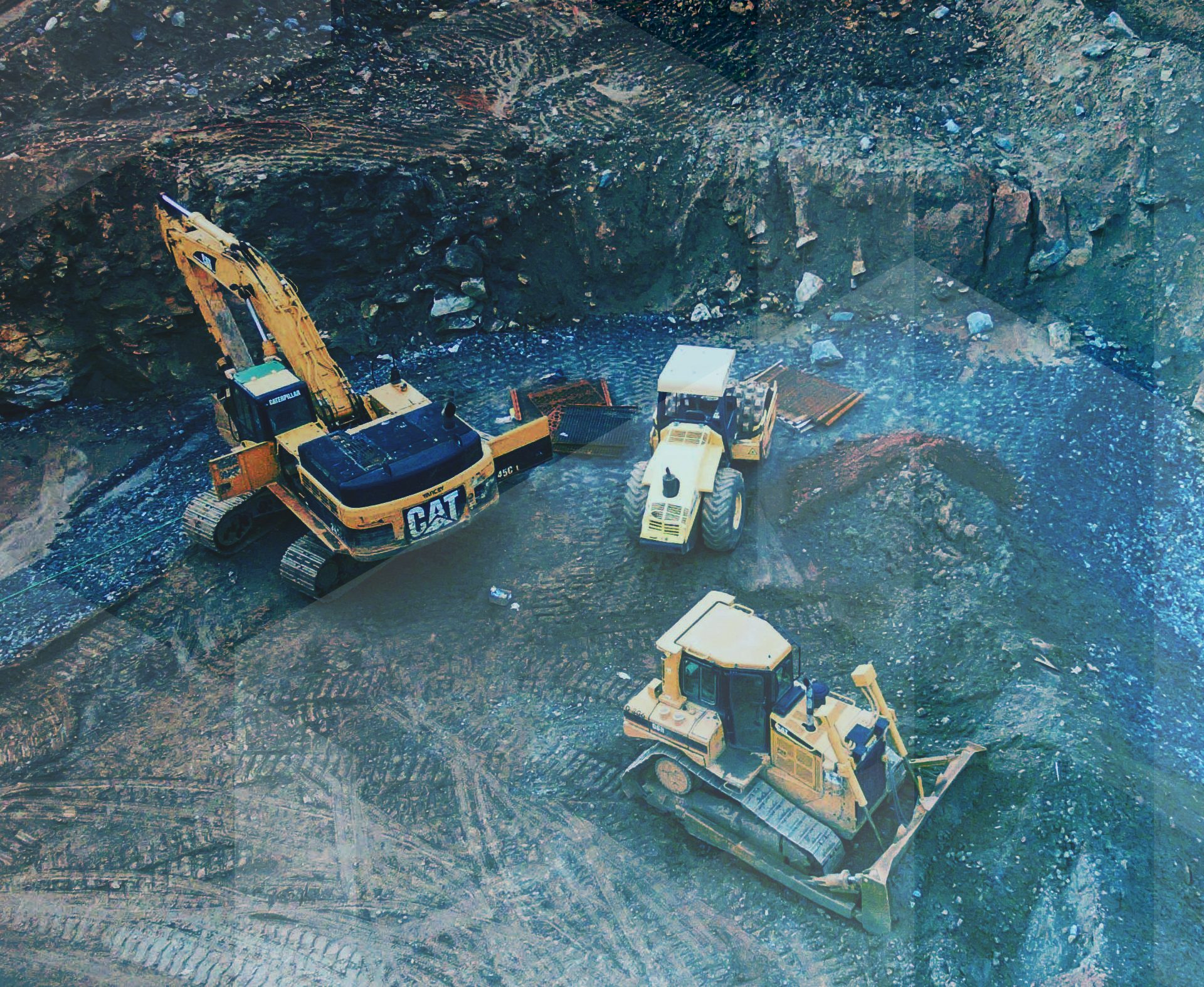Jamie Strauss and Sarah Gordon discussed the current state of ESG disclosure in the mining industry at Mines & Money on Tuesday, 5 April.

Here are some of the key topics discussed by the pair:
Why ESG is important to the mining sector
Where ESG is applied correctly, you tend to get the lower operational risk companies and this is leading towards higher valuations within the peer group. A good example is Anglo American, where the company came from a very undervalued situation at the beginning of Mark Cutifani’s reign to now, where it is playing a leadership role in the sector in terms of sustainability.
If you look across the entire industry, from junior to senior mining companies, there is very little pushback with regards to wanting to adopt ESG disclosure. The benefits are becoming increasingly accepted, corporate strategies are being influenced and investors are paying attention to this.
ESG: beyond compliance
ESG is becoming a more normalised function, a core part of any organisation’s activities and a core part of what they disclose to the market and investors. It’s no longer just about being compliant but about gaining a competitive advantage. The companies successfully using ESG as part of their management toolkit are communicating their disclosures in a transparent way and gaining access to investment conversations as a consequence.
ESG and supply chains
Apple continues to improve on the provenance of its raw materials by removing more than 140 refiners and smelters from its own supply chain. There’s now a clear movement of people and groups who want to know the provenance of materials and whether or not they have been sustainably produced. The impact of this on the mining sector is that ESG good practice needs to start right at the beginning – with exploration – and work through the entire development and production chain.
Ratings agencies need a different approach
We need to address the issue of how ratings agencies approach the mining sector and how they rate companies. There’s a lack of harmonisation with regards to how they both interrogate and apply ESG scoring. The use of algorithms that are reading either out of date or inaccurate data, often out of context, is leading to inconsistent scoring across the sector. This contributes towards a negative view of mining that is having a significant effect on investment opportunities and cost of capital. There’s a great difference between mining coal and mining nickel, cobalt or lithium and we’ve got to do a better job at differentiating that. We’ve got to do a better job of differentiating the good players from the bad players. But we’ve also got to do a better job of getting better quality data to the ratings agencies so that they can then have a more consistent approach and ultimately a better understanding of mining.
Improving perceptions
If we can raise the credibility of the mining sector through transparent ESG disclosure, this will stop doors closing on potential investment and breathe fresh energy into this industry, which is truly exciting.
“I see ESG as a huge opportunity for the mining sector because when it is done right, it encourages new pools of capital, new investors and better ratings. There is no reason why we can’t challenge this industry to improve the perception on the ground, improve action on the ground and work on promoting itself better.”
Learn more about the Digbee team.
Pick a date to demo Digbee ESG.

